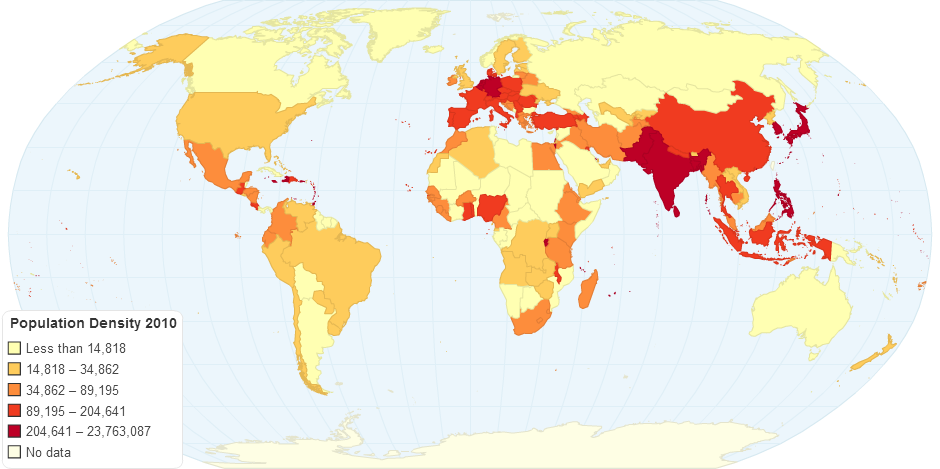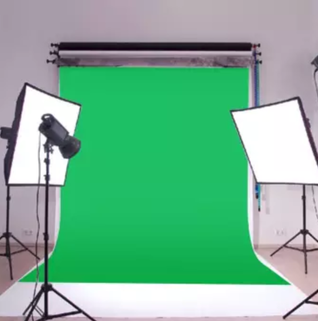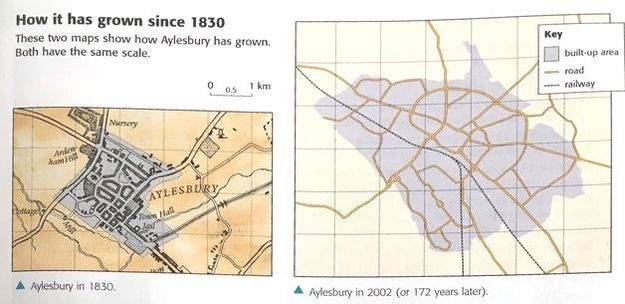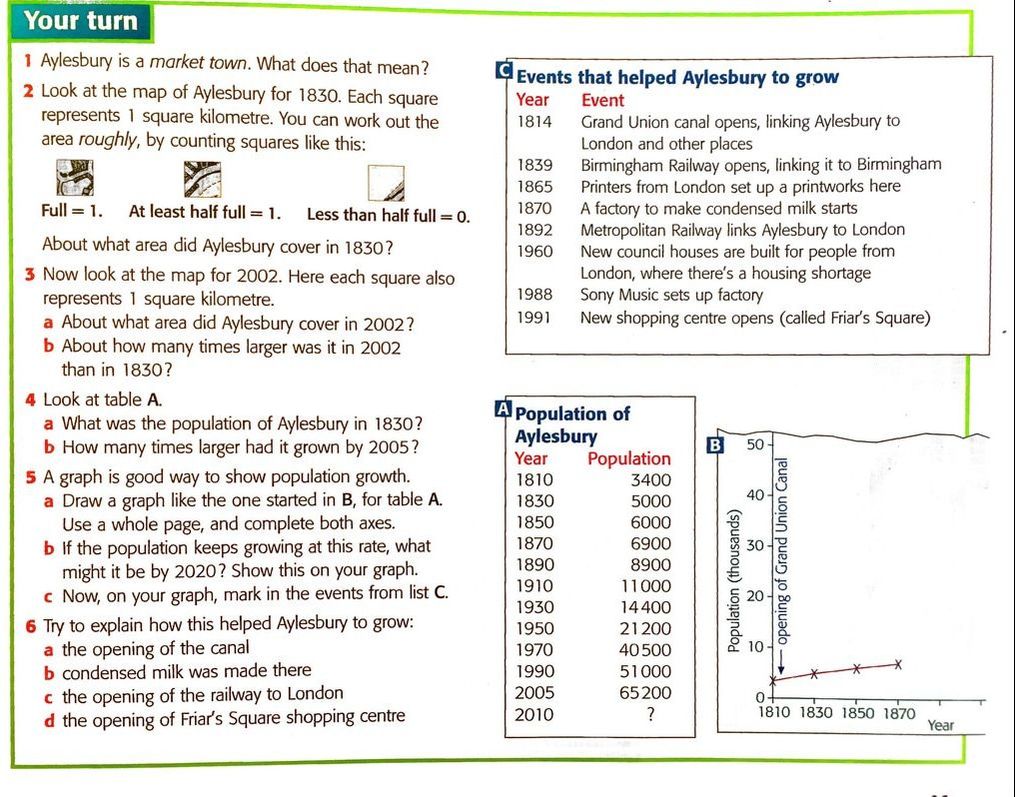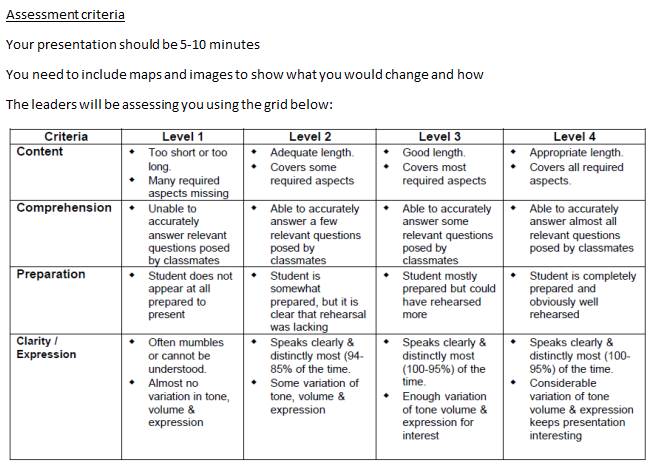Lesson 1: Introduction to where we live
Using the map below colour in your map handout and then describe the distribution of people in the wold
| Map handout | |
| File Size: | 154 kb |
| File Type: | docx |

Discuss why you think the areas on your map have high population densities. Create a spider diagram with reasons.
Lesson 2 & 3: How do settlements start?

- To know and understand why humans began to settle in places (agriculture, religion, conflict etc)
- To know the difference between site and situation
- To understand how these influence settlements

Watch the following video and discuss the reasons for the establishment of settlements.
|
Use the SlideShare to define the key points and complete the exercises on the worksheet.
|
Your browser does not support viewing this document. Click here to download the document.
|
|
| ||||||||||||

Complete the Kahoot knowledge review on settlements.
Lesson 4: Shape & Function of settlements
|
Using the handouts identify the different settlement shapes and complete the activities on the Foundations worksheet.
|
| |||||||||||||
| Layout and Function of Settlements | |
| File Size: | 2059 kb |
| File Type: | ppt |
Lesson 5 & 6: Urban land use
|
| |||||||||||||||||||
| Urban Land Use PowerPoint | |
| File Size: | 3601 kb |
| File Type: | ppt |
|
|
|
|
Review your knowledge using the Settlement Kahoot
|
Lesson 7 & 8: Rural to Urban Migration
|
Use the following video as a stimulus to begin thinking about the causes of Rural to Urban Migration
|
|
Review the following worksheet to examine some of the PUSH and PULL factors that encourage people to migrate from rural areas to urban areas.
Your browser does not support viewing this document. Click here to download the document.
Video taskYou are going to be starting a video project. The task is to create a short 5 minute video explaining why people from Rural areas want to migrate to Urban areas. This will be done as a news-broadcast using the green-screens. You should:
| |||||||
Lesson 9 & 10: Settlement Hierarchies & out of town shopping
|
Complete the 19th Vs. 21st Century Shopper worksheet
| |||||||
| |||||||||||||
|
Task:
Using the image to the right complete all the questions in the exercise. (taken from Geog.1 page 41) Test the students knowledge on service location
|
Using the information found in Geog.1 pages 57 & 58 create a poster to advertise the advantages of out of town shopping centers and the internet. Task should be completed for homework.
Your browser does not support viewing this document. Click here to download the document.
Your browser does not support viewing this document. Click here to download the document.
|
Complete the worksheet about ways Congestion can be reduced.
| |||||||
Lesson 11: Sustainable - Houses of the future?
|
What is the meaning of the word 'SUSTAINABLE'? Discuss, what do you think? Why is it important?
'Meeting the needs of today without compromising the ability of future generations to meet their own needs.' |
Test your Carbon Footprint
|
|
Using the YouTube below, you will be investigating ways that homes can become more sustainable. You will need to make notes on the following areas:
|
| Building a Sustainable house - activity sheet | |
| File Size: | 123 kb |
| File Type: | |
Lesson 12,13&14: Sustainable Urban environments
|
Task:
How can Hegezhuang be more sustainable?’
|
|
Some areas you might want to think about are:
* The needs of the community and the villagers. * The climate – be realistic with energy generation. Is the area windy, sunny or near the sea? * Transport. * Procurement of resources. * Water. * Waste. * Leisure areas. * Accommodation. * Food production. * Energy production. * Conservation of existing environment. |




